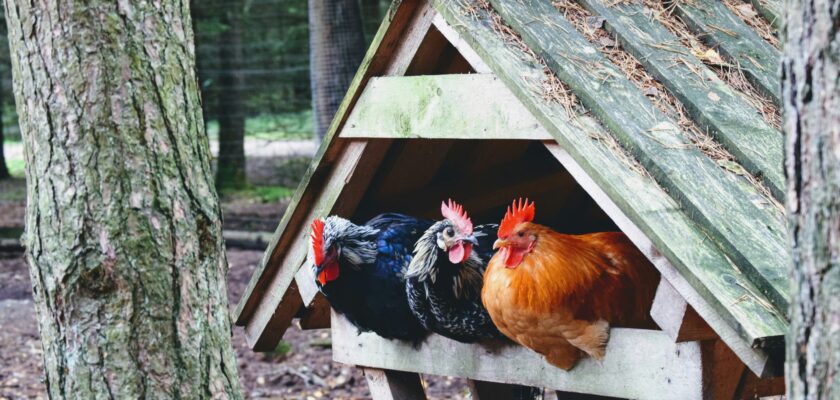Introduction
Looking for the perfect chicken coop near you? Whether you’re a backyard beginner or a seasoned homesteader, choosing the right chicken coop is essential for happy hens and fresh eggs. In this guide, we’ll break down the best styles, features to consider, where to buy locally, and tips for keeping your flock safe and comfortable.
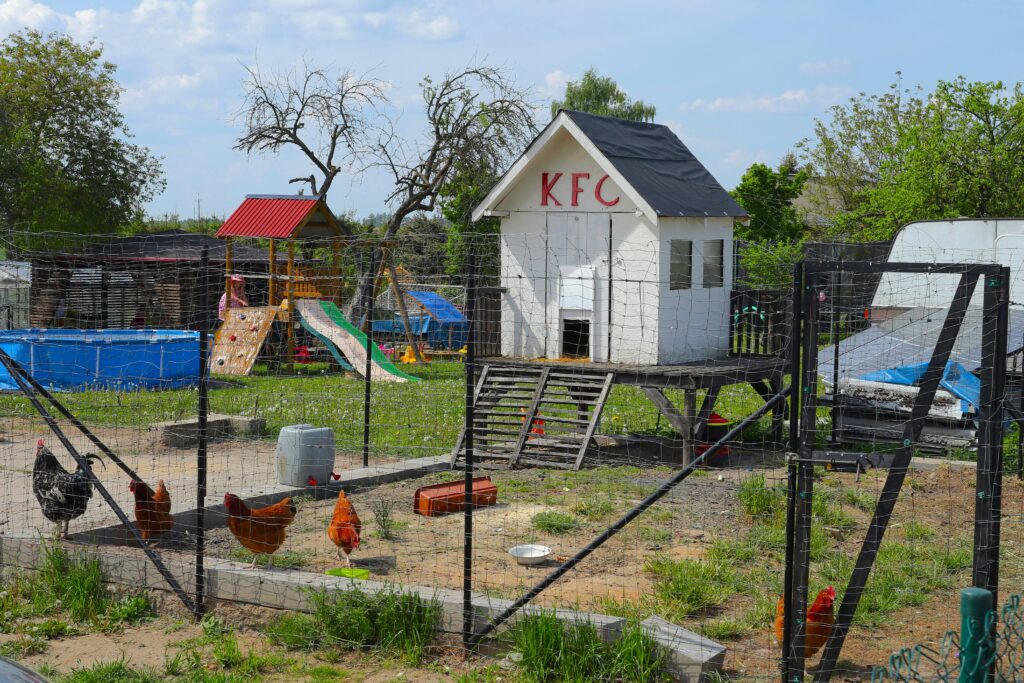
Photo by Bram Wouters on Unsplash
Why Chicken Coops Matter
A chicken coop is more than a shelter—it’s your flock’s home, fortress, and egg-laying haven. Choosing wisely can make the difference between daily egg delights or stressful mornings chasing escaped hens.
Benefits of Owning a Chicken Coop
Fresh Eggs Daily
One of the biggest perks is having eggs that are fresher, tastier, and more nutritious than store-bought options. Plus, you’ll know exactly what your hens are eating.
Natural Pest Control
Chickens eat ticks, beetles, and other pests, making them excellent partners for a pesticide-free backyard.
Sustainable Living
Raising chickens promotes self-sufficiency, composting with droppings, and less food waste—just toss leftovers to the flock!
Key Features to Look For in a Coop
Ventilation and Airflow
Good airflow reduces ammonia buildup and moisture, helping to prevent respiratory diseases.
Easy Cleaning Access
Removable trays, side doors, and walk-in access make cleanup far easier and help maintain a hygienic environment.
Predator-Proof Design
Sturdy latches, buried hardware cloth, and elevated nesting areas are essential to guard against raccoons, foxes, and even neighborhood dogs.
Top 5 Chicken Coop Styles
Tractor Coops
These mobile coops are ideal for rotating pasture, allowing hens access to fresh grass daily.
A-Frame Coops
Compact and simple, A-frames are great for small yards and beginner keepers.
Walk-In Coops
Spacious and ergonomic, these allow for easier cleaning and access to hens.
Multi-Level Coops
Perfect for maximizing vertical space, these designs include nesting boxes and roosts on different tiers.
Urban Backyard Coops
Small, stylish, and often modular—tailored for city dwellers with zoning restrictions.
What to Consider Before Buying
Local Climate Conditions
Rain, heat, and snow all impact what type of coop you need. Look for weatherproof materials and insulation for your region.
Number of Chickens
More birds = more space. Plan for at least 3–4 square feet per chicken inside the coop and 8–10 outside.
Zoning and City Regulations
Before you buy, check your city ordinances—some places limit the number of chickens or prohibit roosters altogether.
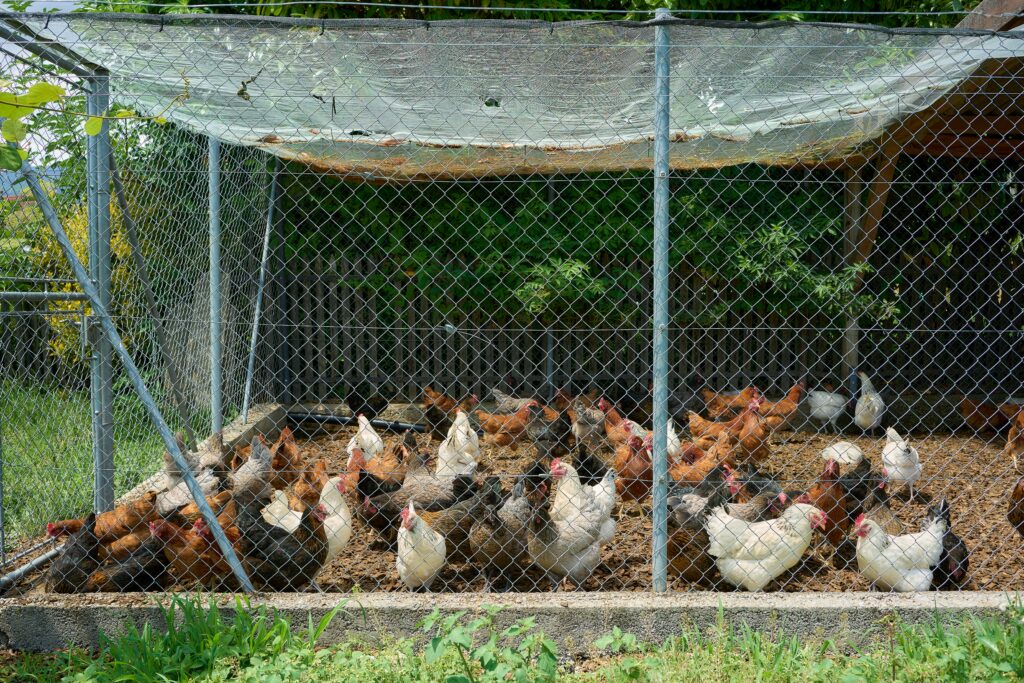
Photo by Steffen Lemmerzahl on Unsplash
Where to Find Chicken Coops for Sale Near Me
Local Farm Supply Stores
Stores like Tractor Supply Co. and local feed shops often stock prefab coops or can recommend local builders.
Online Retailers
Websites like Amazon, Wayfair, and MyPetChicken offer a range of coops with delivery options and customer reviews.
Facebook Marketplace & Craigslist
Ideal for budget-conscious buyers or finding custom-built options from local craftsmen.
DIY vs. Prebuilt Coops
Cost & Time Investment
DIY is cheaper but time-intensive. Prebuilts are pricier but save you the weekend build marathon.
Customization & Design Freedom
DIY wins if you want total control over layout and materials.
Quality & Longevity
Well-built DIY coops often outperform cheap prefab models—especially in harsher climates
Maintaining Your Chicken Coop
Seasonal Cleaning Tips
Deep-clean coops quarterly. Remove bedding, scrub surfaces, and disinfect with poultry-safe cleaners.
Pest Prevention Practices
Diatomaceous earth, secure feed storage, and regular inspections keep mites, rodents, and flies away.
Coop Upgrades Over Time
Add automatic doors, heated waterers, or solar lighting as your flock (and experience) grows.
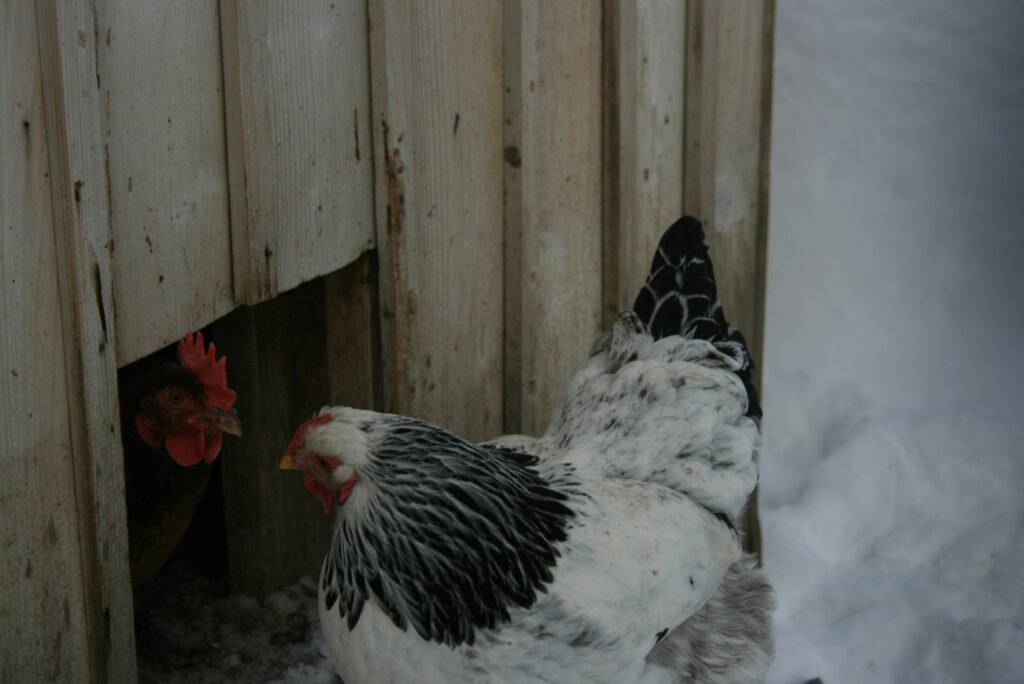
Real Cost of Chicken Coops
Budget vs. Premium Options
You’ll find coops from $150 to $3,000+. Budget options may require reinforcement; premium coops usually offer durability and extras.
Lifetime Value Consideration
A more expensive coop that lasts 10+ years is often cheaper in the long run than replacing a cheap model every season.
External Resources & Buyer Protection
Backyard Chickens – Beginner Guides
This trusted site offers coop-building plans, reviews, and flock care tips from a massive chicken-keeping community.
Warranty & Return Policy Tips
Always read the fine print. Look for warranties of at least 1 year, and verify the return process for online purchases.
Frequently Asked Questions (FAQs)
1. How big should a chicken coop be for 6 chickens?
Aim for at least 24 square feet of coop space, plus a run area of 48–60 square feet.
2. Can I keep chickens in a small backyard?
Yes, especially with urban-style coops designed for compact areas. Just ensure local ordinances allow it.
3. Do chicken coops smell?
With regular cleaning and good ventilation, odor can be minimized. Use deep litter or pine shavings to help absorb waste.
4. What’s better: wood or plastic coops?
Wood offers better insulation, while plastic is easier to clean and more pest-resistant. Each has pros and cons.
5. Should I buy used or new coops?
Used coops can save money but inspect for damage, parasites, or structural issues before purchase.
6. How do I predator-proof my coop?
Use hardware cloth (not chicken wire), bury fencing 12” underground, and secure all doors/latches.
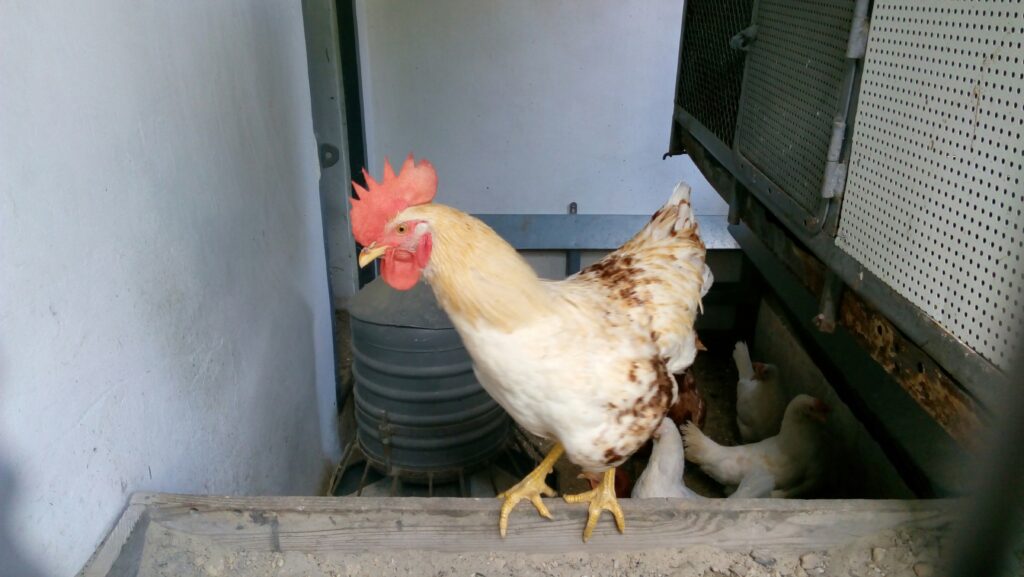
Photo by Dmytro Glazunov on Unsplash
Conclusion
Finding the right chicken coop for sale near you isn’t just about price—it’s about safety, comfort, and long-term satisfaction. With the tips above, you’ll be ready to choose the right coop that keeps your hens healthy, happy, and laying.
